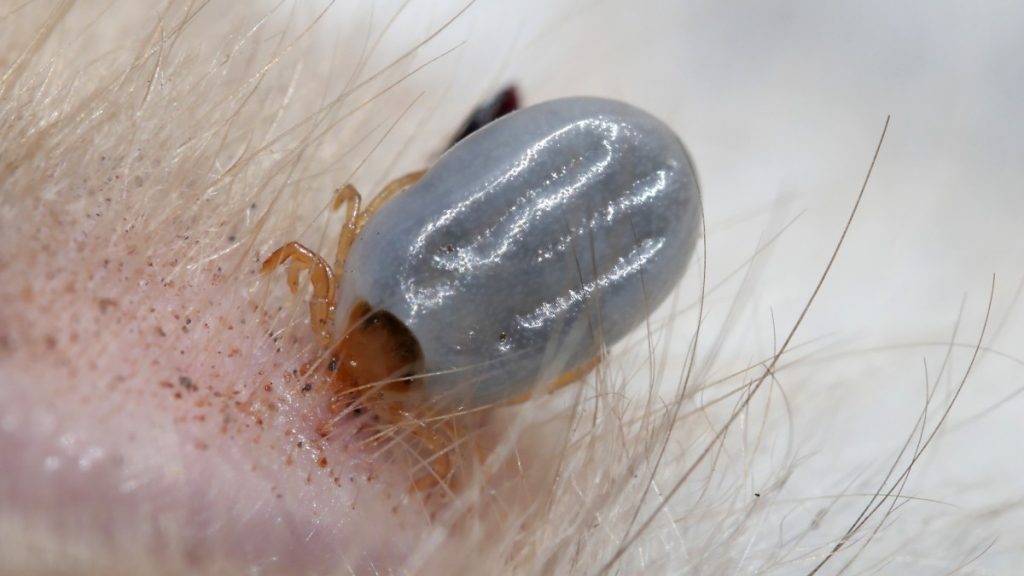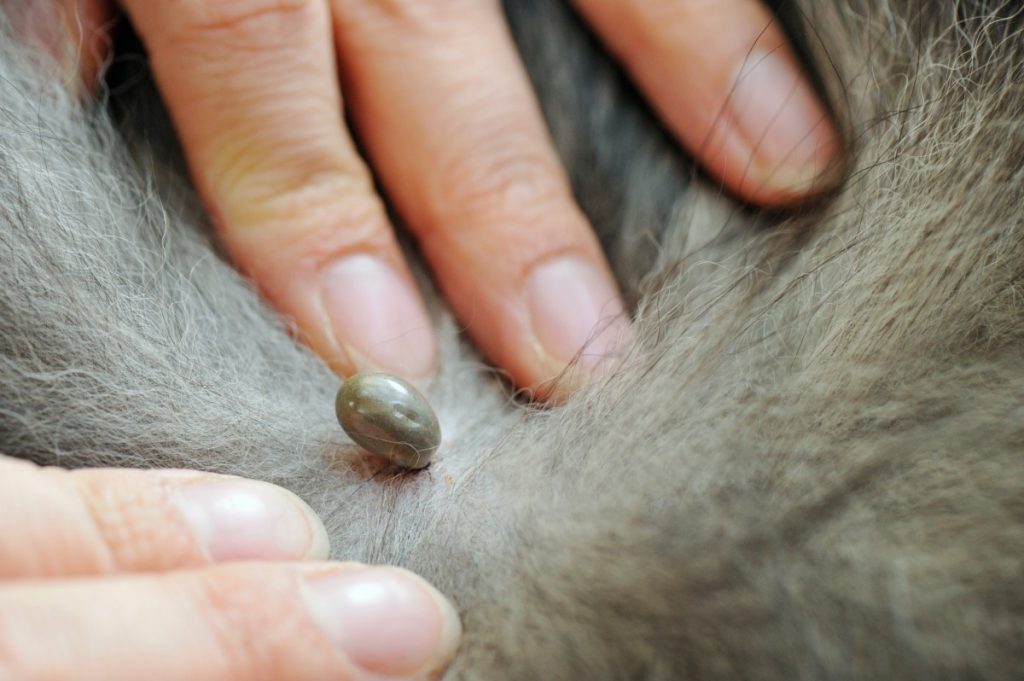Once paralysis occurs the animal is likely to die unless it is treated quickly with tick antiserum transfused by a vet.
Every year the paralysis tick will cause illness in over 100,000 companion animals on the east coast of Australia. Paralysis ticks are external parasites that suck the blood from their host animal. Their salivary glands produce a toxin that affects the nervous system of the host. Not only is the paralysis tick one of the most common, it’s also one of the most dangerous. Once paralysis occurs the animal is likely to die unless it is treated quickly with tick antiserum transfused by a vet. It still takes 48 hours for the toxin to be removed so your pet can continue to deteriorate during this time. Full recovery can take weeks
WHERE ARE PARALYSIS TICKS FOUND?
Ticks need humidity and mild weather to develop and can’t survive in cold climates. They are most commonly found along the east coast of Australia during the warmer months but can be found inland in suitable habitats and in northern parts of the country all year round.
WHAT DO TICKS LOOK LIKE?
Ticks vary in size between 1mm and 10mm long, depending on their age. They look like tiny spiders with a white, egg-shaped body. This body becomes larger and darker as it fills with blood.

HOW CAN I PROTECT MY PET?
The best way to protect your pet is to check them daily in conjunction with a tick prevention treatment. Begin with their head and remember that you’re more likely to feel the tick than see it, so make sure you use your hands. Check inside your pet’s ears, nose, and mouth, under their chin and around their throat. Move down the front legs and check in between their toes. Feel along their body making sure to check their belly, and then check down their back legs and in between their toes. Inspect your pet’s genital region as ticks can sometimes be found there and finish with their tail.
It’s a good idea to use a tick treatment that will either repel ticks or kill them if they attach. Spot on treatments, tablets and collars are available and it’s best to consult your vet about which is most suitable for your pet. Read the instructions very carefully as some treatments are for dogs only and can be very dangerous to cats and can even kill them. Some can also react with other medications your pet may be on.
HOW TO SPOT THE SIGNS OF TICK POISONING
If your pet has come into contact with a paralysis tick, they will experience paralysis in a variety of forms. A typical case will start with vomiting, a change in “voice” and progress to weakness in the hind limbs that will then progress to total paralysis of the whole body (gastrointestinal, ability to swallow and finally paralysis of respiration).
OTHER EARLY SYMPTOMS MAY INCLUDE THE FOLLOWING:
- Loss of appetite
- Vomiting or dry retching
- Excessive salivation
- Coughing
- Noisy panting

WHAT SHOULD I DO IF MY PET HAS A PARALYSIS TICK?
Paralysis ticks can lead to an animal needing to be ventilated and sadly many victims of these ticks do not recover. If your pet is showing any signs of tick paralysis, you should take him/her to a veterinarian for treatment promptly
If you suspect that your dog or cat has tick paralysis you can reduce the risk of complications by withholding food and water before you can see a veterinarian. This is especially important if the dog or cat is regurgitating. ■
There is a deadly new strain of tick disease, which first appeared in Western Australia last year. The brown dog tick is infected with the bacteria Ehrlichia canis (E. canis) and when it bites, the tick infects a dog with the disease ehrlichiosis which causes serious health issues, even death, among dogs. If you are transporting a dog between states it is vital you have your dog’s health checked. If you suspect a dog in Queensland is infected with E. canis you must report it to the Emergency Animal Disease Watch Hotline on 1800 675 888 or report in their site.
Want to read about how pets can really be of help for your health? Check this article out.

Editor for Silver Magazine Gold Coast

